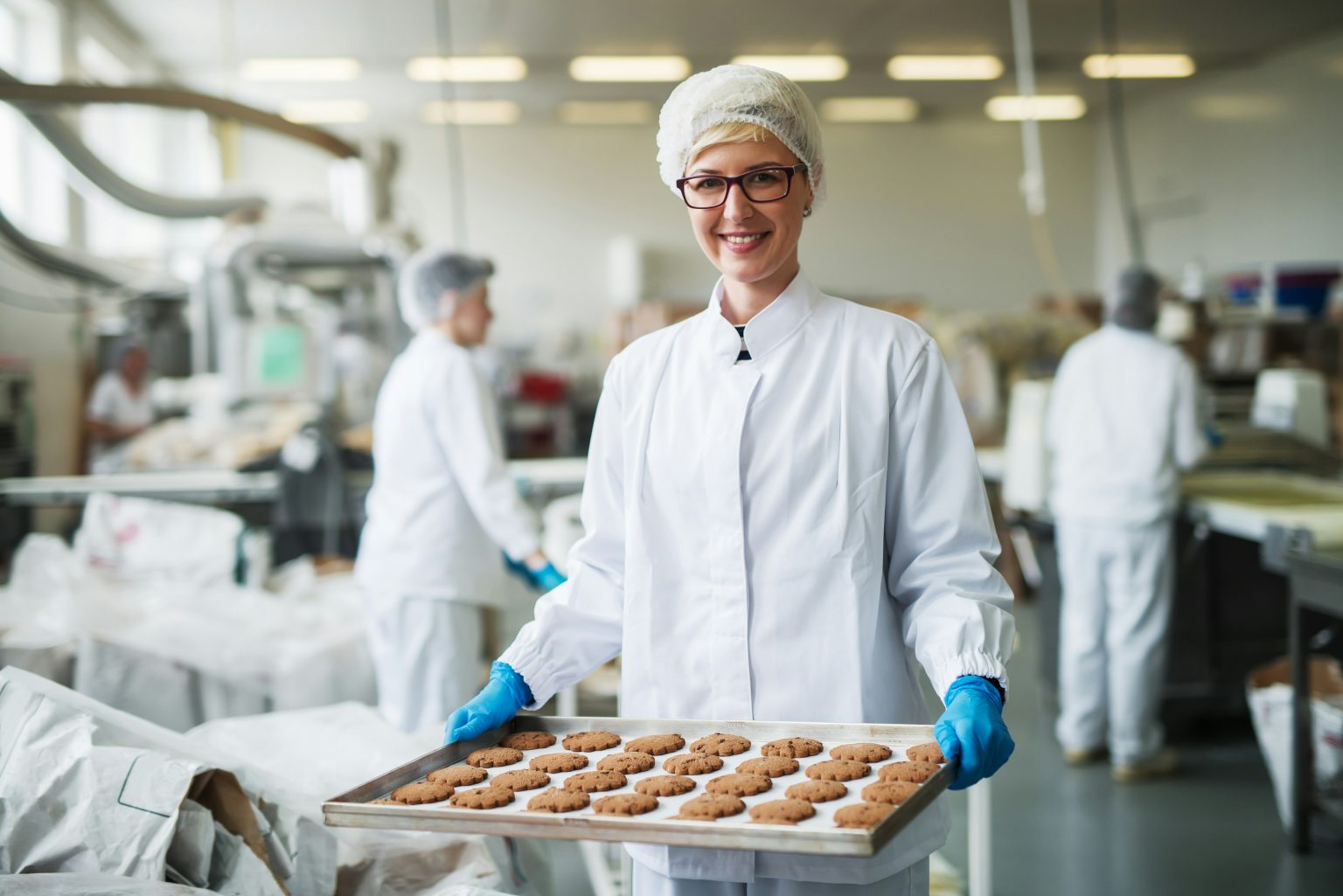Clean-in-Place (CIP) technology has revolutionized cleaning and maintenance practices in food manufacturing facilities. This innovative approach allows for thorough cleaning of processing equipment without disassembly, saving time and reducing production downtime. The Clean-in-place (CIP) process significantly enhances efficiency, ensures consistent product quality, and maintains high hygiene standards in food production environments.
CIP systems utilize automated cleaning cycles that circulate cleaning solutions through pipes, tanks, and other processing equipment. This method effectively removes contaminants, bacteria, and residues, ensuring a sterile production environment. By eliminating manual cleaning procedures, CIP reduces labor costs and minimizes the risk of human error in sanitization processes.
Food manufacturers implementing CIP technology benefit from improved product safety, increased production capacity, and reduced water and chemical usage. The system’s ability to clean hard-to-reach areas and maintain precise control over cleaning parameters contributes to more reliable and consistent cleaning results across various food processing applications.
Key Takeaways
- CIP technology automates cleaning processes, reducing downtime and labor costs
- The system enhances product safety by ensuring thorough and consistent sanitization
- CIP improves resource efficiency, optimizing water and chemical usage in cleaning cycles
Fundamentals of Clean-in-Place (CIP) Technology
Clean-in-Place (CIP) technology revolutionizes cleaning processes in food manufacturing. It employs automated systems, specialized chemicals, and precisely controlled parameters to ensure thorough sanitation of processing equipment without disassembly.
Understanding CIP Systems and Components
CIP systems consist of tanks, pumps, valves, and spray devices interconnected by pipelines. These components work together to circulate cleaning solutions through production equipment. Tanks store fresh water, detergents, and rinse water. Pumps propel the fluids through the system at specific flow rates and pressures.
Spray devices, such as spray balls or rotating jet heads, distribute cleaning solutions evenly across tank interiors. Valves control the flow of liquids between different circuits and equipment. Instrumentation monitors key parameters like temperature, chemical concentration, and flow rates.
Automation plays a crucial role in CIP systems. Programmable logic controllers (PLCs) manage the sequence of cleaning steps, ensuring consistent and repeatable results. This technology minimizes human error and reduces the need for manual intervention.
CIP Chemistry and Dynamics
CIP processes typically involve a series of chemical treatments. The cycle often begins with a pre-rinse to remove loose debris. A caustic wash follows, using alkaline detergents to break down proteins and fats. An acid wash may be employed to remove mineral deposits and scale.
Temperature is a critical factor in CIP efficiency. Hot water and cleaning solutions enhance the effectiveness of detergents and improve soil removal. Typical temperatures range from 50°C to 85°C, depending on the application and chemicals used.
Chemical concentration must be carefully controlled to ensure optimal cleaning performance without wasting resources. Conductivity sensors or pH meters monitor and adjust detergent levels in real-time. Flow rates and contact times are tailored to specific equipment and soiling conditions.
The Role of Water in CIP Processes
Water quality significantly impacts CIP effectiveness. Hard water can reduce detergent efficiency and leave mineral deposits on equipment surfaces. Softened or deionized water is often used to improve cleaning results and prevent scale buildup.
The final rinse step uses fresh water to remove all traces of cleaning chemicals. This water must meet stringent quality standards to prevent contamination of the next production batch. Many facilities recycle final rinse water for pre-rinse or other non-critical applications to conserve resources.
Water temperature and pressure are carefully controlled throughout the CIP process. High-pressure sprays dislodge stubborn soils, while lower pressures may be used for more delicate equipment. Proper drainage design ensures complete removal of cleaning solutions and rinse water.
Optimizing CIP for Efficiency and Safety
Optimizing Clean-in-Place (CIP) processes enhances food safety, reduces costs, and improves overall operational efficiency in food manufacturing facilities. Proper optimization focuses on meeting strict industry standards while minimizing resource usage and downtime.
Food Safety Standards and Compliance
CIP systems play a crucial role in maintaining food safety and regulatory compliance. Automated CIP processes ensure consistent cleaning results, reducing the risk of contamination. Regular monitoring and verification of cleaning parameters help meet industry standards.
Key compliance areas include:
- Temperature control
- Chemical concentration
- Flow rates
- Contact time
Implementing data logging and reporting systems enables manufacturers to demonstrate compliance during audits. Advanced CIP systems can automatically adjust cleaning parameters based on real-time monitoring, ensuring optimal sanitation while adhering to food safety regulations.
Reducing Costs and Environmental Impact
Optimizing CIP processes can significantly reduce operational costs and environmental impact. Efficient systems minimize water and energy usage without compromising cleaning effectiveness.
Cost-saving strategies include:
- Recovering and reusing cleaning solutions
- Implementing precise chemical dosing systems
- Utilizing low-temperature cleaning chemicals
- Optimizing cleaning cycles and schedules
Water conservation measures, such as recycling final rinse water for pre-rinse cycles, can reduce water consumption by up to 50%. Energy-efficient pumps and heat recovery systems further decrease utility costs and environmental footprint.
Maintenance Best Practices
Regular maintenance of CIP systems is essential for optimal performance and longevity. Proper upkeep minimizes downtime and ensures consistent cleaning results.
Key maintenance practices:
- Regular inspection of spray balls, pumps, and valves
- Calibration of sensors and monitoring devices
- Cleaning and descaling of heat exchangers
- Preventive replacement of wear parts
Implementing a preventive maintenance schedule helps identify potential issues before they lead to system failures. Training operators on proper CIP procedures and troubleshooting techniques reduces human error and improves overall system efficiency.
Regular analysis of CIP performance data can reveal opportunities for optimization, such as adjusting cleaning cycles or chemical concentrations. This data-driven approach ensures continuous improvement in cleaning efficiency and product quality.
Conclusion
Clean-in-Place (CIP) systems revolutionize cleaning and maintenance in food manufacturing. They enable efficient, thorough cleaning of processing equipment without disassembly. CIP processes reduce downtime, labor costs, and contamination risks.
Implementing CIP solutions allows food manufacturers to meet strict hygiene standards while optimizing production. As the industry continues to evolve, CIP technology will likely play an increasingly vital role in ensuring food safety and quality.



